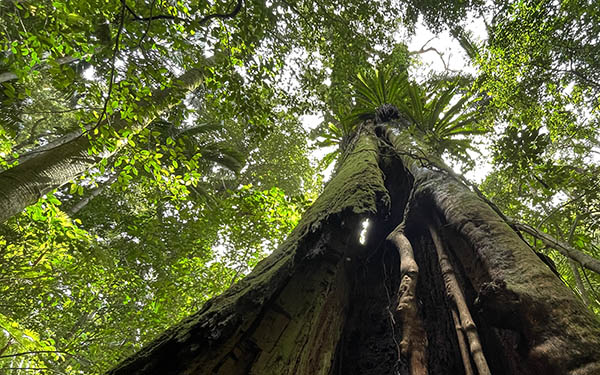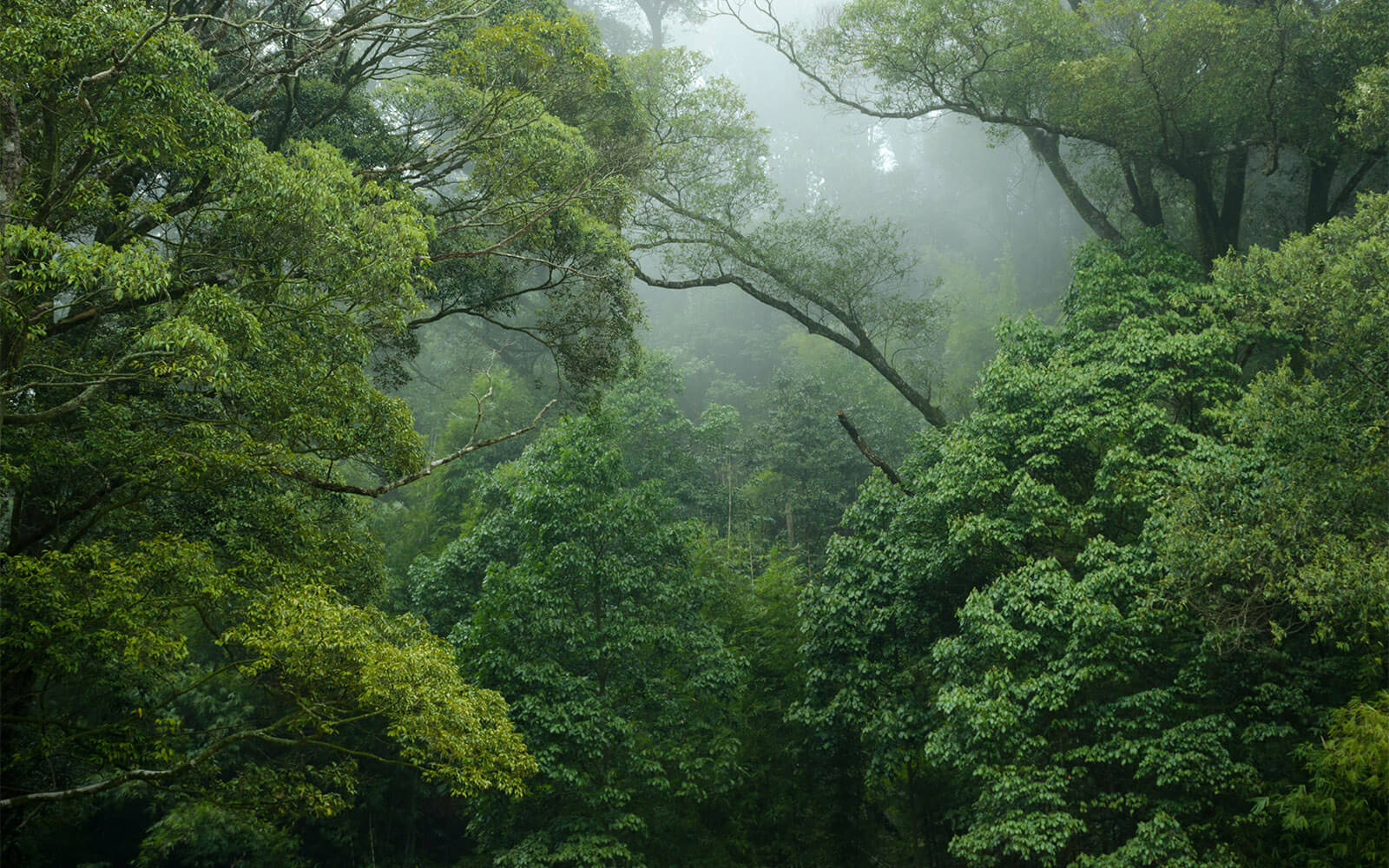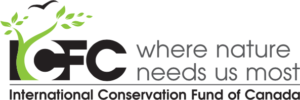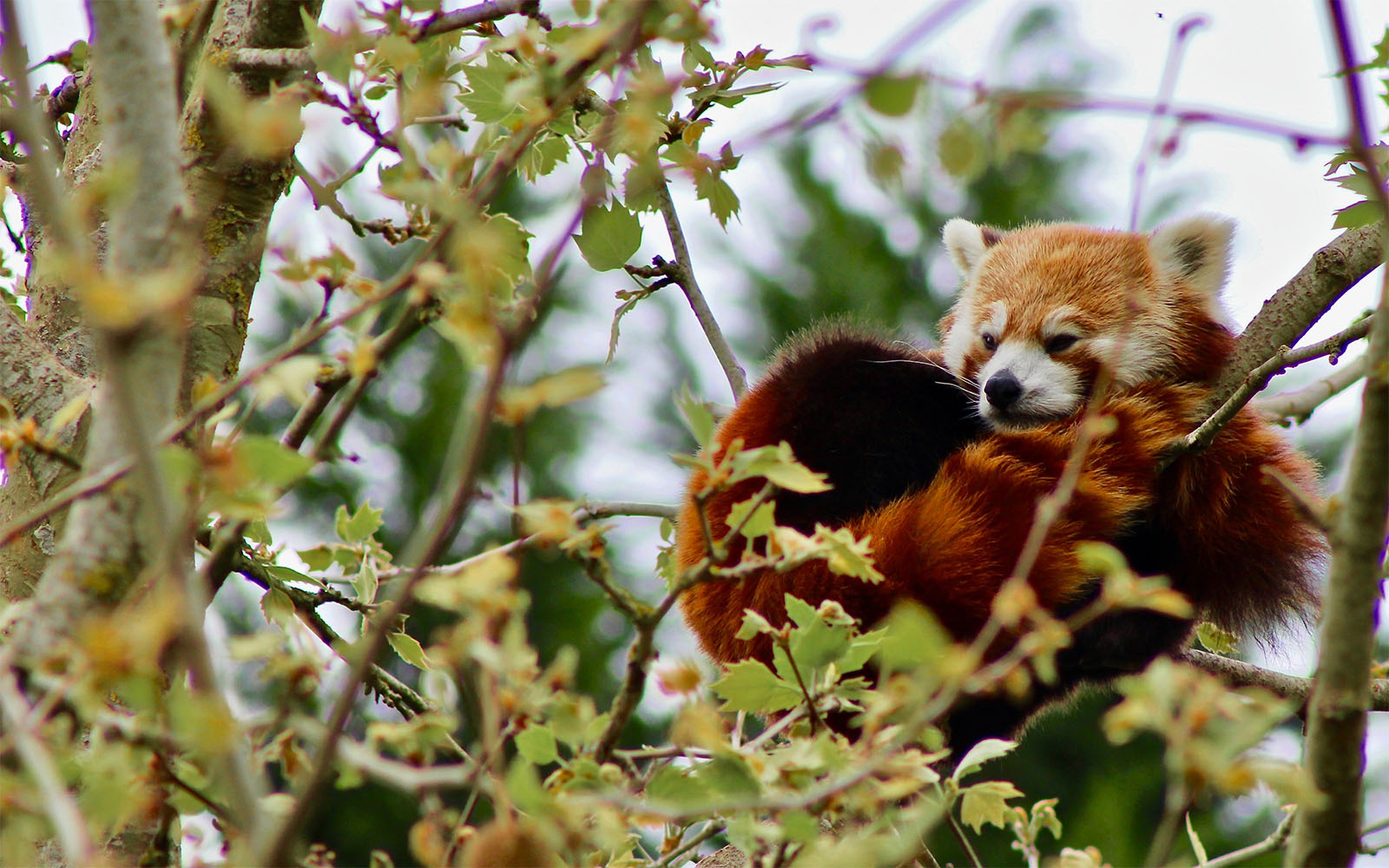
The Primary Forest & Climate Program is a collaboration among research institutes, civil society organisations, and First Nations Peoples at the forefront of addressing what is one of the world’s most pressing problems, which lies at the nexus of the climate and biodiversity crises: how to protect the world’s remaining primary forests.

What are primary forests?
Primary forests are largely the result of natural processes and minimally disturbed by modern industrial land use impacts including from logging and mining. They are irreplaceable sanctuaries for much of the world's biodiversity, store significant stocks of carbon which play a vital role in climate mitigation, and support the sustainable livelihoods of their Indigenous custodians. Primary forests have a much higher level of ecosystem integrity compared to degraded and planted forests, store 30-70% more carbon, are more biodiverse, and generate cleaner water. Around 1/3 of the world's remaining forests are in a primary state and despite their multiple values are under growing land use pressures.
Waking up the international community
The international community is only now beginning to recognise the importance of primary forests in meeting global challenges on climate, biodiversity, sustainability, the rights of First Nations Peoples, and planetary health.
The Primary Forest & Climate Program is advancing knowledge and practice in support of primary forest protection.
Partner organisations
Together with partner organisations, the Primary Forest & Climate Program makes important contributions to advancing scientific understanding, evidence-based international policy, and business case studies in support of primary forest protection. We are developing and disseminating the necessary principles, approaches, tools and information base to help guide and inform governments, business, First Nation and community decision makers in how to protect primary forest and ecological restore to a primary condition regrowth and degraded forest.




THEMES
1.
Case studies that investigate primary forest benefits, threats to their ecosystem integrity, and co-design and test solutions with stakeholders.
2.
Improving the information base on the distribution and characteristics of primary forests in all biomes (tropical, boreal, temperate).
3.
Formulation of evidence-based national and international policy options for primary forests protection and restoration.
4.
Analysis of primary forest carbon stocks and valuation of the benefits to society from primary forest ecosystem services.
5.
Working with primary forest owners and stewards to develop business case methods in support resource mobilisation for forest conservation management.
CASE STUDIES
The largest expanses of tropical primary forests are found in the Brazilian Amazon, the African Congo and Melanesia.
Boreal forest is found in a nearly continuous belt across North America and Northern Europe and Russia.
Temperate forests occur mainly in Europe, North America, Australia and South America.
To date, our research has been involved the following case studies:
- The Carpathian Montane Forest in Central Europe
- The Équateur Province of Democratic Republic of Congo
- The inland wet forest of British Columbia, Canada
- The Kayápo territory of the Brazilian Amazon
- The Angara Province of Siberian Russia
- Ridge to reef community forests in Melanesia (PNG, Solomon Islands, Vanuatu)
- The Cedar forests of Nepal.

PARTNERS
Boreal & temperate forest partners
- Frankfurt Zoological Society
- GEOS Institute
- Wild Europe
- Sukachev Institute of Forest
- Siberian Division of the Russian Academy of Sciences
- Conservation Biology Institute (USA)
- Conservation North (Canda)
- Woods Hole Research Centre/Woodwell Climate Research Centre (USA)
- Australian Rainforest Conservation Society

Tropical primary forest partners
- Wild Foundation/Wild Heritage (USA)
- Woodwell Climate Research Centre (USA)
- Australian Rainforest Conservation Society
- International Conservation Fund of Canada.

Red Panda forest partners
- Red Panda Network (Nepal)
- Kathmandu Forestry College (Nepal).
The future of the world’s primary forests remains imperilled as they are subject to ongoing deforestation and forest degradation. These destructive impacts are largely the result of ongoing industrial logging and industrial scale commercial cropping, as well as the impacts from mining and infrastructure development. Also of concern are the aggregate effects of expanding small landholder farming including for the rural poor who through no fault of their own struggle with the challenges of food security and poverty.
In all regions, these pressures on primary forests are increasing not decreasing.
- The Congo rainforest is the world’s second largest rainforest and some 490,000 hectares of primary forest were felled there in 2020.
- Brazil – according to its own government agency’s statistics – had deforestation rates increase for the fourteenth consecutive month with deforestation in the Brazilian Amazon 83% greater than the previous year.
- In Australia, in the state of Queensland 418,656 hectares of forest was bulldozed in 2019-20.
- The world’s boreal forests, largely in Russian Siberia and Canada continue to stagger under the relentless advance of industrial logging based on large clear-felled areas, with 28 million acres of boreal forest logged in the last 20 years.
BROADEN THE FOCUS
Much of the international community’s attention remains focussed on tropical forest deforestation and degradation. This is understandable given their importance for climate and biodiversity and the fact that most of them reside in developing countries. Our case studies in the Democratic Republic of Congo, Melanesia, and the Kayapó territory of the Brazilian Amazon, have helped shed light on the pressures tropical forests face and the kinds of policies, capacities and information needed for their protection.
However, the world’s boreal and temperate forest are also being degraded and cleared but with more anonymity by virtue of their largely developed country status. Boreal and temperate forests are also under increasing land use impacts. An extraordinary existential threat to temperate forests – and potentially boreal and tropical forests – is the rapid increase in the use of primary forest trees to produce wood pellets that are burnt in power stations to generate electricity. Our case studies in Siberia, are helping shed light on the realities of their plight, their significance for both the climate and biodiversity crises, and the need for policy reform in support of their protection. Our British Columbia inland rainforest and European case studies are addressing this urgent problem and providing valuable evidence in support of conservation policies and action.
PROJECT ACTIVITIES
Ecosystem service analysis and valuation and carbon accounting
We are investigating the amount of carbon removed from the atmosphere and retained within primary forest ecosystems at multiple scales – global, continental and for our case study locations. Our aim here is to provide both the theoretical framework and evidence from forest data to demonstrate the benefits of protecting primary forests for conservation of their biodiversity, their contribution to climate change mitigation, and the provision of other ecosystem services such as clean water. We have developed a new approach to forest carbon accounting based on the United Nations System of Environmental Economic Accounting for Ecosystem Accounts (SEEA-EA). Using this approach, the contribution of primary forests to climate change mitigation is made transparent to decision makers and the benefits to society from the retained carbon stock can be economically valued. This research requires the integration and analysis of a rich array of data sources including satellite data and field-based plot measurements.
The economic valuation is one, albeit important, way of expressing the relative importance of these different services to human welfare and environmental sustainability. Given the competition from extractive industries, valuation of the full range of ecosystem services can generate information to help influence policy making and support forest conservation measures. In this regard, economic valuation assigns a readily-comparable metric to value specific ecosystems by revealing monetary estimates of these goods and services.
Evidenced-based policy options for primary forest protection
Building upon our scientific research (both ecological and social sciences) we translate the findings of our investigations into policy strategies and options for primary forest protection at national and international levels. This work has gained pace in recent years particularly as the climate and biodiversity crises have worsened and the pivotal role of primary forests in addressing threats and solutions comes to the fore. Primary forests reside at the nexus of the climate-biodiversity crises and it is being increasingly recognized that neither problem can be addressed if their integrity is not protected and restored. Members of our research team therefore are deeply involved in providing policy advice and guidance to governments and NGOs in the negotiations for both the United Nations Framework Convention on Climate Change and the Convention on Biological Diversity.
Key organisations and networks we provide policy and technical advice to on primary forests include: the UN FAO, the Climate Action Network Ecosystems Working Group, the Climate Land Ambition and Rights Alliance (CLARA), the IUCN World Commission on Protected Areas (WCPA) Climate Specialist Group, the IUCN Climate Crisis Commission, the Primary Forest Alliance, and the CBD Alliance. We are also working with many governments and sub-national jurisdictions around the world.
Improving the information base for primary forests
We have developed two new and innovative methods for mapping primary forests in all biomes. The first is based on time series analysis using indices of canopy ecophysiology derived from satellite data (MODIS) to identify stable forests that have not been subject to human or natural disturbances for that period. We have also developed techniques for attributing the disturbed forests to human or natural causes. The second method uses fine resolution satellite-based data on forest structure (height, cover, biomass) to map the relative level of forest maturity (age) where the most mature classes will be where primary forests is most likely found, as well as old growth. The first method has now been applied to all of Russian Siberia and the Amazon basin. The second approach has been applied to map and assess all the forests in conterminous USA and we have commenced similar studies in the Canadian provinces of Ontario and Quebec, and also in Australia.
We are using web-based interactive mapping tools that enable interrogation of the new spatial data we are generating on primary forests, providing users with unprecedented information on their distribution, ecology and dynamics. We are able to generate new quantitative reports for specific regions and landscapes, providing insights into how forest condition is changing over time and key characteristics such as forest ecosystem carbon stocks.
Planning and governance for forest ecosystem integrity
Even if there is agreement among stakeholders that a primary forest should be protected, a major concern is how the agreed conservation plan and associated measures for forest management are implemented in across the landscapes. Based on our case study research and analysis of previous research, we developed a framework for integrating forest management across the landscape based on three pillars and a set of foundations and boundary concepts.
The three pillar foundation concepts are: (1) ecosystem integrity founded on biodiversity and ecological function and structure; (2) effective planning – founded on shared learning, integration and justice, and (3) strong governance – founded on meaningful participation and productive deliberation. This framework provides a tool for applying criteria and indicators that can be used to monitor, assess and report on how forest protection plans and management are being implemented. In this way, we can identify what is working and what needs to be fixed or improved. Then, by providing reliable information on how forest protection plans and agreements are being implemented across a landscape, we can better target scarce resources to help bring about more sustainable, just and effective outcomes.
Business case for primary forest protection
Due to ongoing and increasing industrial development, climate change impacts, and other pressures, such as invasive species, protecting primary forests and restoring degraded forests requires active conservation management. This is the case whether it be in developing or developed countries, and whether the forest owners and stewards are First Nations Peoples, private land owners, leasees, or national governments. And, conservation management requires the investment of human and financial resources on a sustainable basis.
Responding to this need, we have developed business cases that draw upon our research into ecosystem services and landscape planning and have identified the various mechanisms by which forest protectors and restorers can be financially rewarded through fair benefit sharing for their efforts.
NEXT STEPS
We are grateful for the funding from our donors that enables our programmatic work to continue with national and global scope and impacts.
Through our interdisciplinary framework that is based on robust ecological and social science, we have a world class capacity to support stakeholders seeking to protect and restore primary forests. Our aim is to expand our capacity and coverage to host a Global Primary Forest Observatory that can provide accurate quantitative information to stakeholders and decision makers on the distribution of primary forests, their ecosystem services, threats to their ecosystem integrity, and enablers for their protection.
